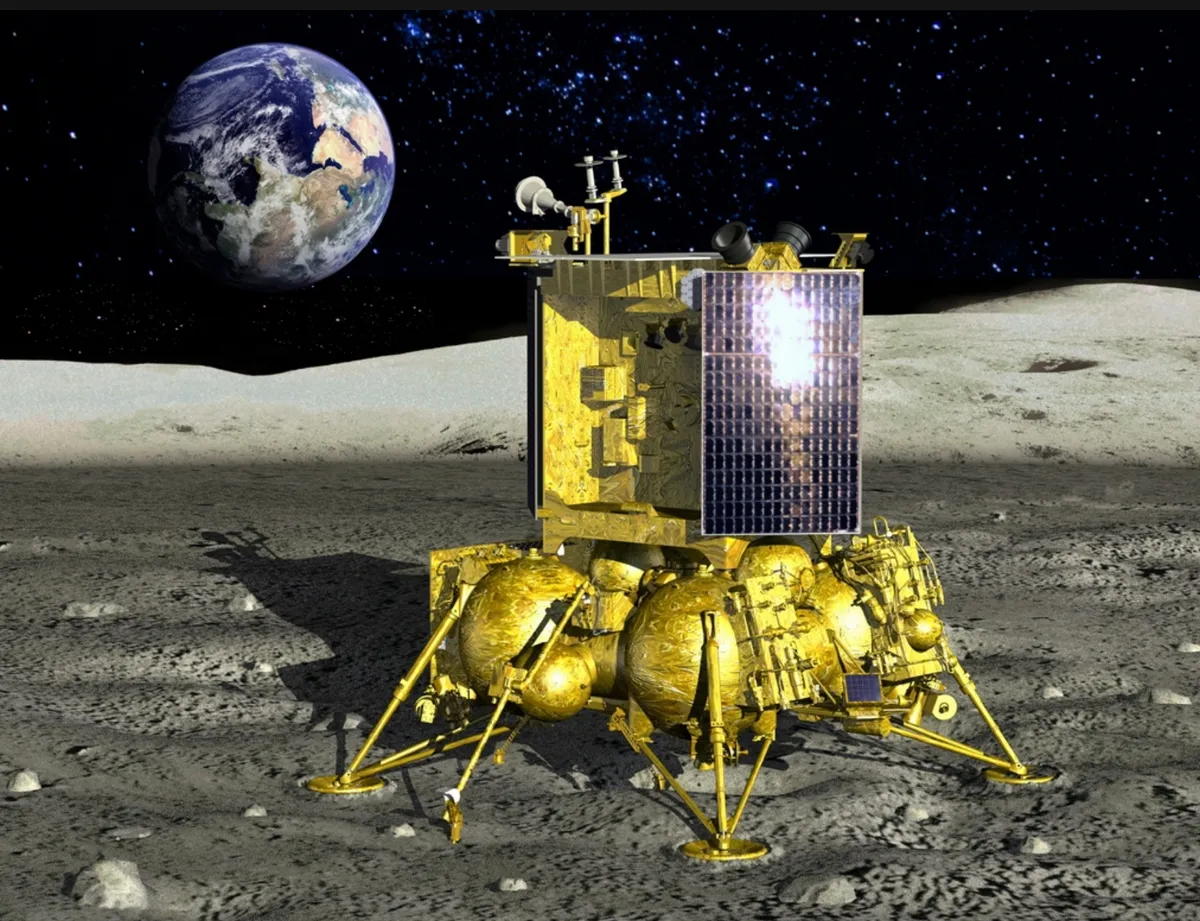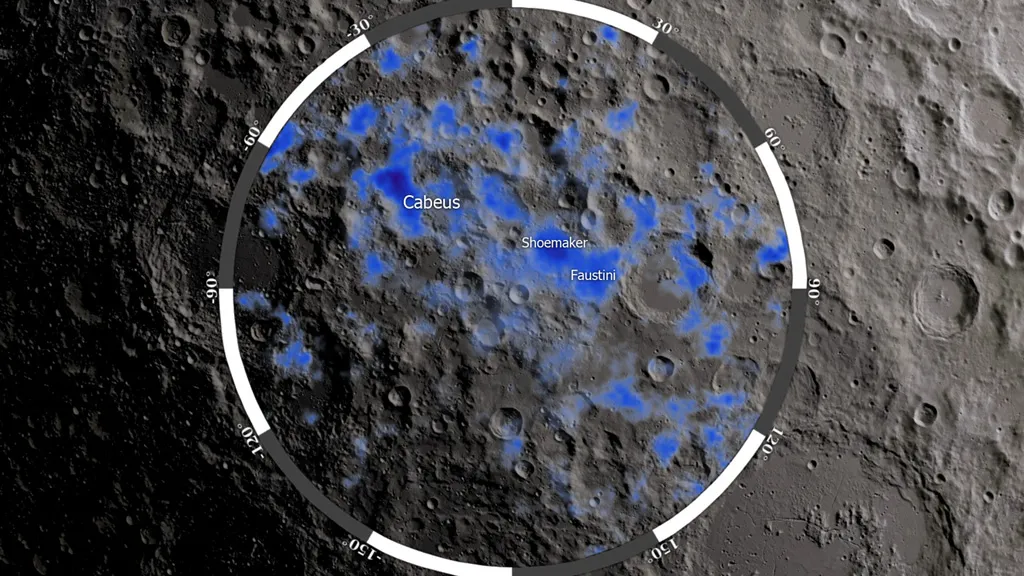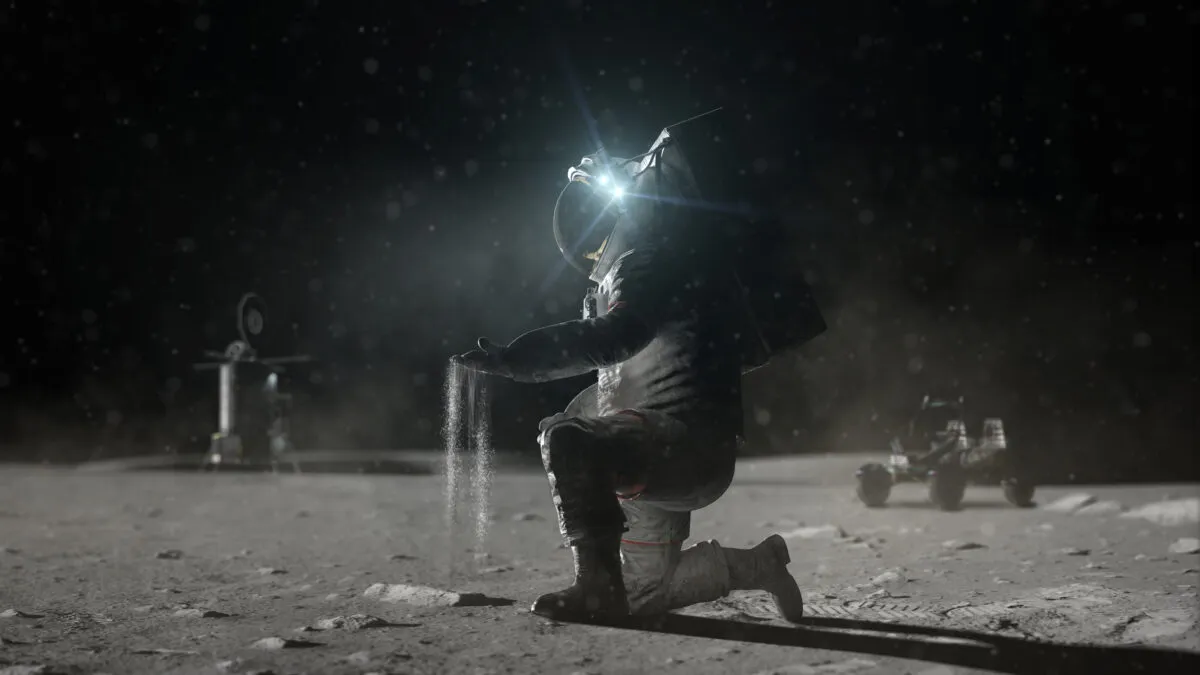Russia's Luna 25 spacecraft has crashed into the Moon, according to the country's space agency Roscosmos.
The uncrewed Luna 25 space probe was set to become the first ever to land at the Moon's south pole.
But on Sunday 20 August, Roscosmos announced that Luna 25, which successfully entered orbit around the Moon on 16 August, had spun out of control.

The spacecraft had been due to land on the lunar South Pole today, Monday 21 August.
This region of the Moon is of particular importance because it is believed there could be frozen ice water and other minerals there.
But Roscosmos says it lost contact with Luna 25 on Saturday 19 August and said the mission had experienced an "abnormal situation".
“The apparatus moved into an unpredictable orbit and ceased to exist as a result of a collision with the surface of the moon,” a statement said.
Roscosmos said it wanted to show Russia “is a state capable of delivering a payload to the Moon,” and “ensure Russia’s guaranteed access to the Moon’s surface.”

Why aim for the Moon's south pole?
Russia's Luna 25 mission was a continuation of its famous Luna programme of the 1950s, '60s and '70s.
It was due to make history to become the first to touch down at the Moon's south pole.
Studies have shown that the lunar south pole contains frozen water ice and other potentially useful minerals.
This is of interest to space agencies keen to make permanent human settlements on and around the Moon, such as NASA's Artemis mission and Lunar Gateway.
The presence of water on the Moon - albeit frozen - could provide opportunities for extended human missions on the lunar surface.
It could be used as a source of oxygen for astronauts to breathe, or converted into rocket fuel for missions to Mars.

Will India be the first to land at the lunar south pole?
Meanwhile, the Indian Space Research Organisation is pressing ahead with its mission to be the first to land on the lunar south pole.
India's Chandrayaan-3 spacecraft successfully launched on 14 July 2023, and is expected to make a soft landing at the Moon's South Pole in the next few days.
The ISRO had attempted a landing on the Moon with its Chandrayaan-2 mission in 2019, but a software error caused the lander to crash on 6 September 2019.

